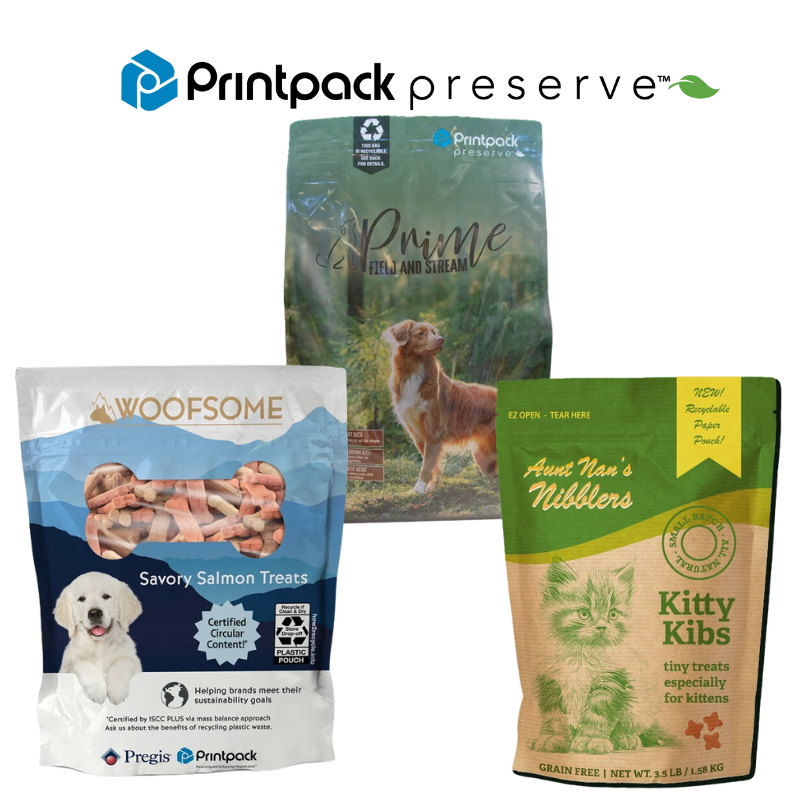The Rise of Sustainable Packaging Concerns in the Pet Food Industry
Pet owners are increasingly aware of the environmental impact of their choices, and pet food packaging is no exception. The sheer volume of plastic packaging used in the industry is staggering, contributing significantly to landfill waste and pollution. This growing awareness is pushing pet food brands to seek more sustainable alternatives, driven both by consumer demand and a growing sense of corporate responsibility.
Bioplastics: A Step Towards a Greener Footprint
Bioplastics, derived from renewable resources like corn starch or sugarcane, offer a promising solution. These materials are biodegradable or compostable, reducing reliance on petroleum-based plastics. However, it’s crucial to distinguish between different types of bioplastics. Some require specific industrial composting facilities, while others can break down in home composters. Transparency regarding the bioplastic’s compostability is vital for consumers to make informed choices.

Paper-Based Packaging: A Familiar Friend with Modern Upgrades
Paper-based packaging, including cardboard boxes and paper pouches, has always been a part of the pet food landscape. However, recent innovations have made it even more effective and sustainable. Improvements in barrier coatings now allow paper-based packaging to effectively protect pet food from moisture and oxygen, extending shelf life and preventing spoilage. These coatings are often developed with renewable resources, further enhancing the environmental credentials.
Reusable and Refillable Containers: Minimizing Waste Through Innovation
A significant shift is underway towards reusable and refillable containers. Several companies are pioneering subscription services where customers receive pet food in reusable containers, returning the empties to be refilled. This eliminates the need for single-use packaging altogether. While this model requires a different logistical approach, the reduction in waste makes it a highly attractive option for environmentally conscious pet owners.
Exploring Innovative Materials: Beyond Bioplastics and Paper
The search for truly sustainable packaging extends beyond the commonly known materials. Research is underway exploring the use of seaweed-based plastics, mushroom packaging, and other innovative materials. These options often boast superior biodegradability and reduced carbon footprint compared to traditional plastics. However, many of these options are still in the developmental stage and require further testing and scaling up before widespread adoption.
Improving Recycling Infrastructure: A Crucial Component of Success
Even the most eco-friendly packaging is ineffective if recycling infrastructure isn’t readily available. The pet food industry needs to collaborate with recycling facilities and municipalities to ensure that consumers have easy access to appropriate recycling options. Clear labeling indicating the recyclability and appropriate methods for disposal of packaging is critical for guiding consumer behavior.
The Role of Consumers in Driving Change
Ultimately, consumer demand plays a crucial role in driving the adoption of eco-friendly pet food packaging. By actively seeking out brands that prioritize sustainability and opting for products with eco-conscious packaging, pet owners can influence the market and encourage further innovation in the industry. Supporting brands committed to transparency and responsible sourcing is also essential.
Transparency and Labeling: Ensuring Clear Communication
Consumers need clear and accurate information about the environmental impact of the packaging they purchase. Pet food brands must be transparent about the materials used, the manufacturing process, and the recyclability or compostability of their packaging. Standardized labeling systems, combined with readily available information on brand websites, are crucial for empowering consumers to make informed decisions.
The Future of Sustainable Pet Food Packaging: A Collaborative Effort
The transition to truly sustainable pet food packaging is a complex challenge requiring collaboration between pet food companies, packaging manufacturers, recycling facilities, and consumers. By fostering open communication, investing in research and development, and prioritizing transparency, the industry can work together towards a future where pet food packaging minimizes its environmental impact and contributes to a healthier planet. Learn more about sustainable pet food packaging equipment companies here.

